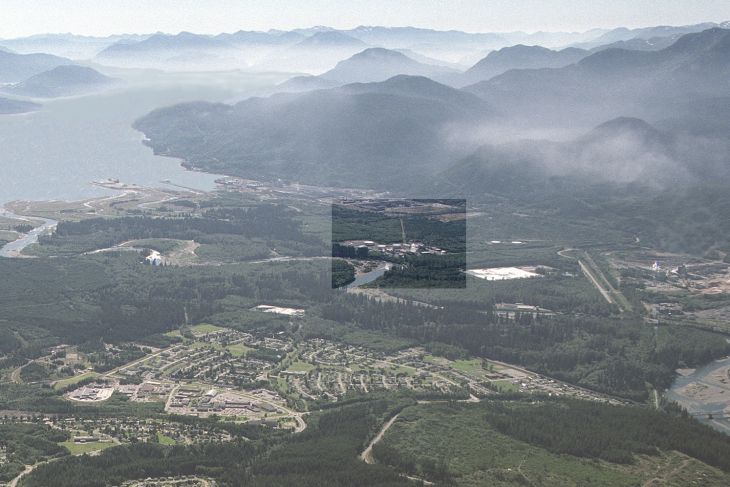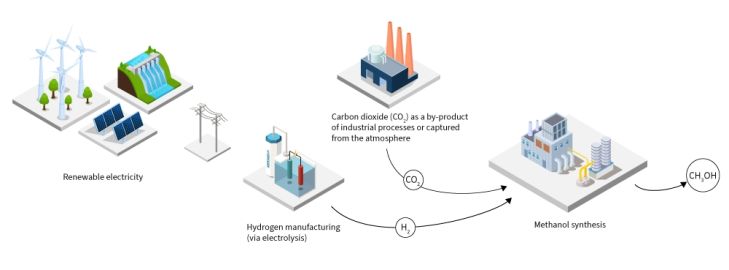Methanol is one of the energy resources that is now under the British Columbia Energy Regulator's (BCER) purview, following our organization’s recent mandate expansion.
Methanol (CH3OH; not to be confused with methane, the primary component of natural gas) is a simple alcohol that is a liquid under standard conditions. It is widely used industrially (e.g., as a solvent, antifreeze and in the production of formaldehyde and other chemicals) and has seen growing interest as a fuel source. If you’ve ever used an alcohol burner backpacking or sailing, the methyl-hydrate that those stoves burn is methanol by another name.

B.C. has had an active methanol industry in the past. A facility in Kitimat operated from 1982 until 2005, producing 500,000 tonnes of methanol per year (it also produced ammonia from 1987 until 2005). There has been no methanol manufacturing in B.C. since that facility (run by Methanex) shut down.

The Kitimat methanol facility consumed natural gas as its primary "feedstock" (i.e., raw material) and manufactured methanol through a process called steam methane reforming. This method of methanol production is the most common manufacturing process for methanol globally, and has been under the BCER’s jurisdiction since 2015, when the provincial government granted us responsibility for regulating the "operation of manufacturing plant[s] designed to convert natural gas into other organic compounds.”
While the majority of methanol produced today comes from natural gas, the methanol industry is seeking to reduce its greenhouse gas emissions and is looking to alternative production pathways to do this. A possible alternative pathway in the B.C. context involves the synthesis of methanol from hydrogen (manufactured using renewable electricity) and carbon dioxide (captured as a by-product of industrial processes or directly from the air, for example) - see graphic below. By way of the Energy Statutes Amendment Act, our regulatory oversight over methanol (as well as hydrogen and ammonia) manufacturing has now expanded to encompass such non-natural gas derived production pathways.

In addition to its role as a fuel source, methanol could play a potentially important part of a hydrogen economy.
Last year, B.C. released its Hydrogen Strategy that identified goals for the development of a clean hydrogen production industry to serve both domestic and export markets. One of the challenges the strategy identified in the development of hydrogen exports is its low density (it is the lightest element after all). This makes it expensive to transport in large quantities over long distances.
One potential solution to this problem is to convert the hydrogen into denser chemicals that can be used as fuels in their own right, or broken down to recover the hydrogen at their destination – with the B.C. Hydrogen Strategy identifying methanol and ammonia as prime candidates.
published November 23, 2023